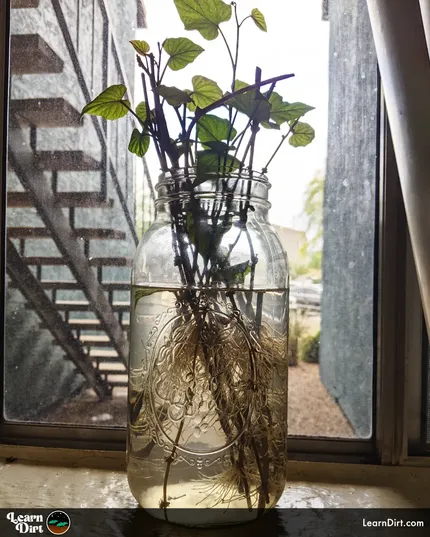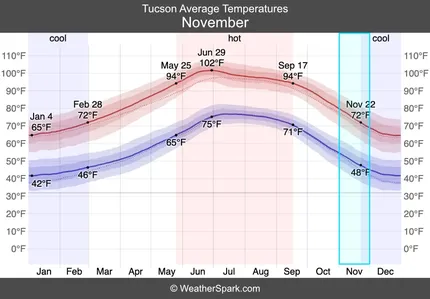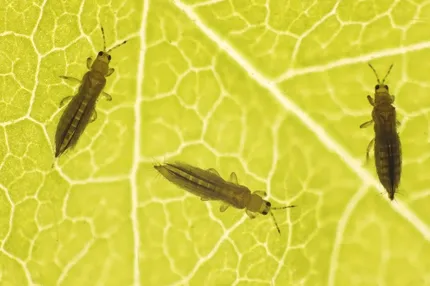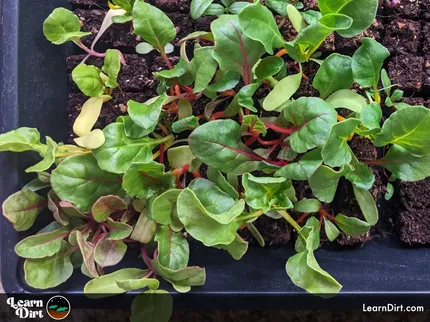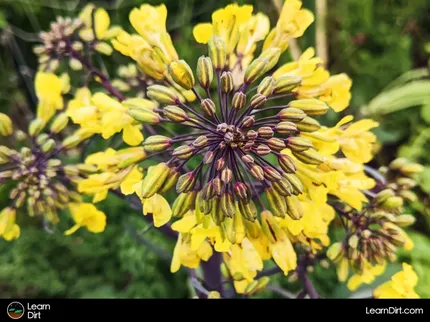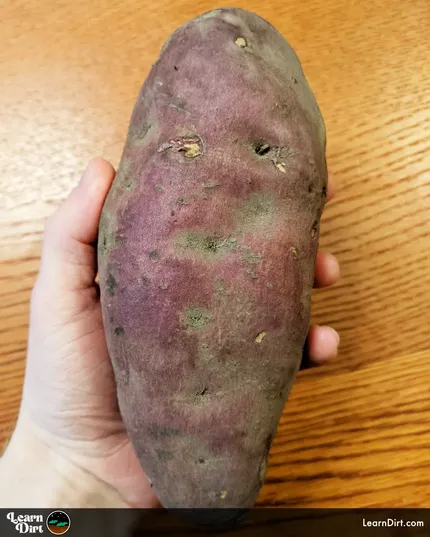Table of Contents
- What is Microbial Weathering?
- Microbial Weathering Role in Soil-Building
- Low-Input Systems
- What Nutrients Can Microbial Weathering Liberate?
* Our articles never contain AI-generated slop *
You may be familiar with weathering due to wind, sand, and water - but microbial weathering is fascinating and often overlooked.
Impartantly, microbial weathering is an important component of organic gardens, and is worth understanding if you grow plants.
What is Microbial Weathering?
Microbial weathering is the process through which microorganisms like bacteria, algae, and fungi break down rocks and minerals over time.
Disclaimer: This post may contain affiliate links. Refer to the privacy policy for more information.
This process unlocks minerals and transforms them into forms which can be used by plants.
Microbial Weathering Role in Soil-Building
Microbial weathering plays a fundamental role in soil-building, liberating trace elements from parent material and rock dust.
Without this process, ecosystems would quickly collapse and soils would turn to lifeless dust.
Microbial weathering is the catalyst that begins the production of soil on a rocky planet like ours. It's not just an impontant process, it's foundational to life on Earth.
Low-Input Systems
Low-input systems strive to reduce the amount of material that needs to be brought into the system.
In regenerative gardens, this means reducing your reliance on outside amendments, fertilizers, mulches, even plants and water, favoring utilization of what already exists within the system and on the land.
Join The Grower's Community
Your space to connect, learn, and belong 🌱
Check It Out!
Microbial wetharing allows your soil biome and plants to access minerals and trace elements which already exist in the rock, sand, and silt on your land.
If, for instance, your rocks are rich in iron which can be accessed via microbial weathering, your reduce the need to bring in outside iron as an amendment.
What Nutrients Can Microbial Weathering Liberate?
The following nutrients required by plants are commonly released from rock and sand via microbial weathering.
It's important to keep in mind, though, that not all rock and sand will cantain all minerals on the list.
The mineral composition of your land will determine which nutrients can be made available to your plants through microbial weathering and which nutrients (if any) will need to be brought in from outside the system.
Macronutrients
- Calcium (Ca)
- Magnesium (Mg)
- Phoshphorus (P)
- Potassium (K)
- Sulfur (S)
Micronutrients
- Boron (B)
- Chlorine (Cl)
- Cobalt (Co)
- Copper (Cu)
- Iron (Fe)
- Manganese (Mn)
- Molybdenum (Mo)
- Nickel (Ni)
- Zinc (Zn)
That's all for now, thanks for reading!
If you have any questions, comments, or would like to connect with fellow gardeners, head on over to the forum and post there.



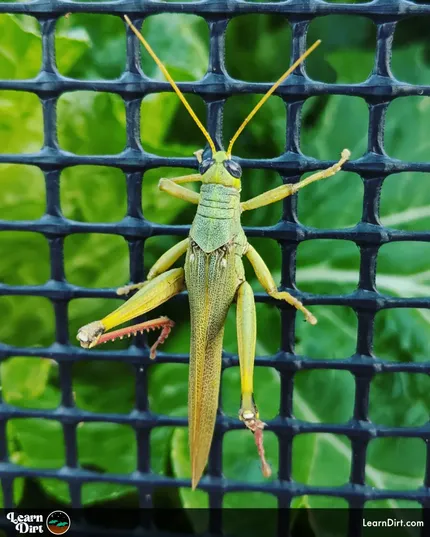
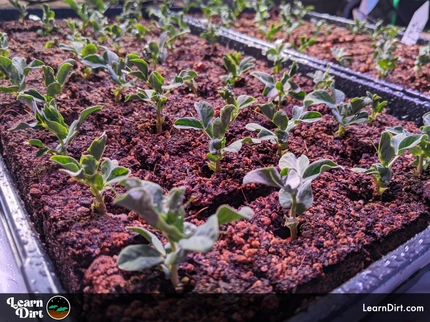
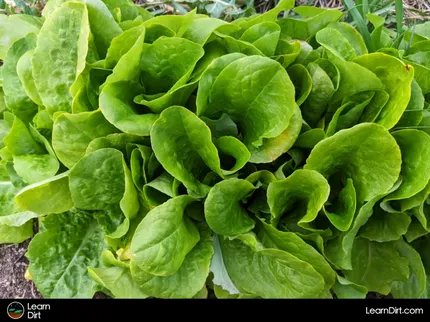

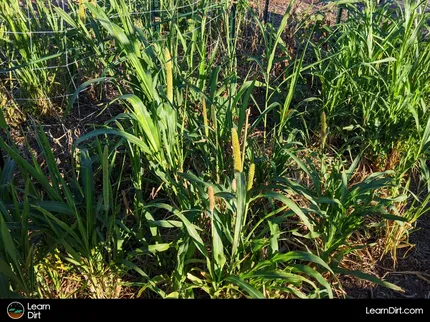
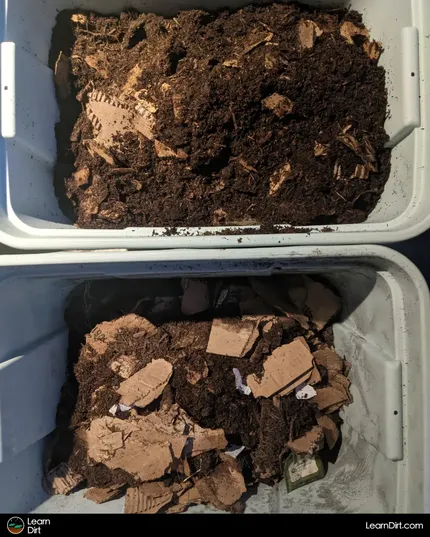
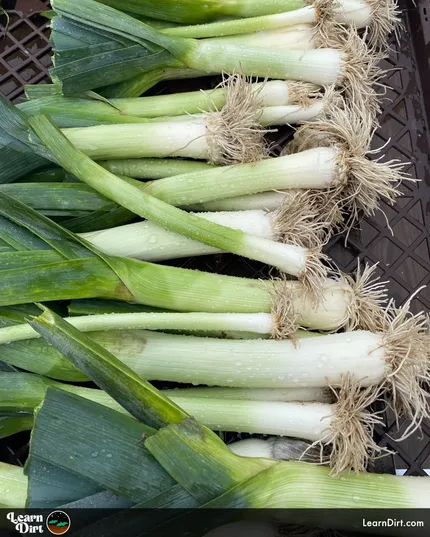
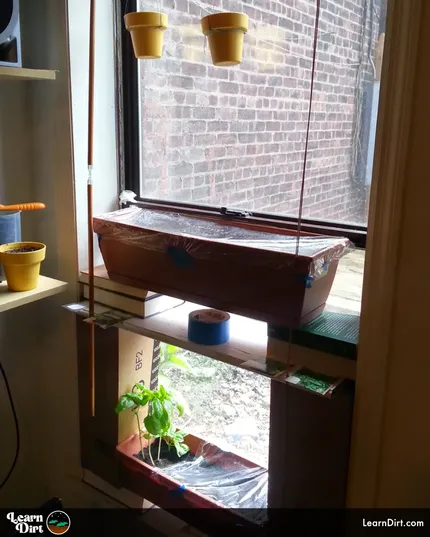
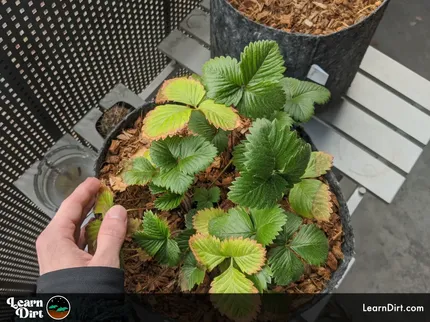

![Don't Till Away Your Carbon [Taffy] Sticker](/media/product_images/dont-till-away-your-carbon-[taffy]_sticker_260x260.png)


